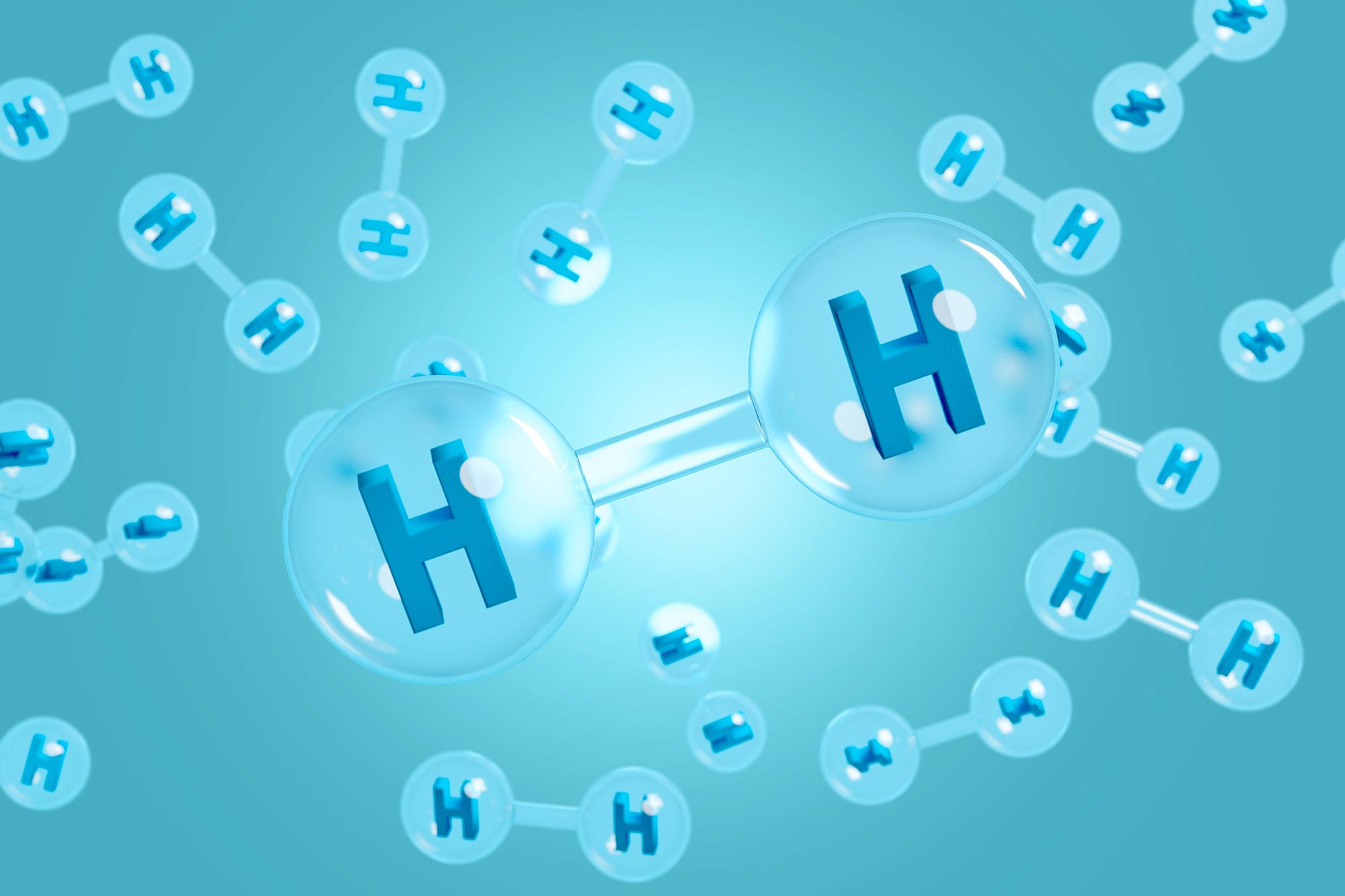Hydrogen traps can be introduced into the material microstructure to immobilize or trap absorbed hydrogen, limiting the amount of hydrogen participating in the embrittling process. This study finds that adding the chemical element molybdenum to steel reinforced with Ti-carbides markedly enhances its ability to trap hydrogen.
https://www.nature.com/articles/s41467-024-45017-4 (open access)



It seems to be a complex mixture of mechanisms. You can first check the Wikipedia article: https://en.m.wikipedia.org/wiki/Hydrogen_embrittlement And this is a review article on the mechanisms in steel (it’s from scihub so it should open): https://sci-hub.53yu.com/
Hey thanks, it looks like the main issue is that it literally leaks and diffuses into the material.
From there it forms hydrides/voids and thus tiny pressure differentials which aid in cracking.
When it’s not doing that, being suspended in the material simply changes the underlying materials’ ductility in different ways under different conditions.
Looks very fascinating and all centered around the idea that the hydrogen atom is so tiny, it “fills in the holes” of other materials and wreaks havoc.
This is my understanding from again, a layperson perspective, but I did find it the links interesting!